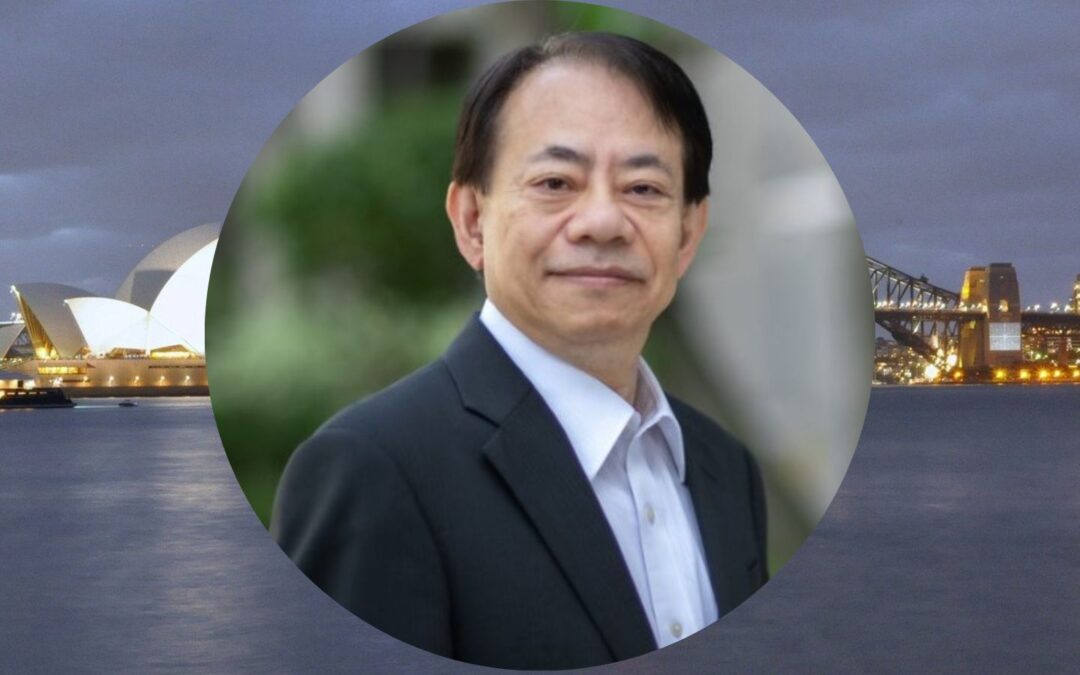Asia and the Pacific is responsible for over 50% of global greenhouse gas emissions and has many of the most severely affected small island nations and vulnerable populations.
Masatsugu Asakawa, president of the Asian Development Bank, has called for faster action to decarbonise Asian economies as he set out why the ADB is withdrawing from coal financing. The bank is investing in the energy transition across Asia, aligning it to strong economic growth.
Asakawa, speaking at the Sydney Energy Forum, stressed that decarbonisation of energy was fully compatible with robust economic growth, warning that sustainable growth was vital but that it had to be inclusive.
He told an international audience: “Affected workers, communities, and women need to be protected from the negative impacts of the transition, for example, through social protection measures. They also need to have access to the benefits of the transition by building skills for green jobs.”
To achieve that, he explained that while the ADB would be investing heavily, there would also need to be sustainable domestic resource mobilisation to help to avert the fiscal crises that undermine broader economic and social stability.
Energy Security
Asakawa told the forum that energy security was a major challenge now, with developing countries being swept up in the economic and geopolitical instability affecting energy and other markets.
He said: “We have all seen the long lines at petrol stations in many countries, while others are suffering from load-shedding and rolling blackouts. We need to place energy security at the top of the agenda. Energy efficiency and renewable energy investments can help us improve energy security by reducing dependency on costly fossil fuel imports in the region and increasing self-sufficiency.”
Energy efficiency is the fastest and lowest cost option for countries to reduce energy demand and help manage energy supply disruptions from the energy crisis and improving resilience to increasing extreme weather events. In addition to improving energy efficiency, renewable energy has been a big part of the solution in countries like Türkiye, which has been commended by the International Energy Agency for its strategic approach.
Pace of transition
Akasawa turned to the speed and scale of the energy transition, demanding that nations pick up the scale and pace of change.
The ADB is doing this in a number of ways, including its ambition to provide $100bn in cumulative climate finance between 2019 and 2030 and de-risking investments to crowd in more sources of funding including substantial private sector investment.
The bank is also issuing green and blue bonds and targeting pandemic recovery work towards opportunities that transform economies into more sustainable and green systems.
He said: “As I am here at the Sydney Energy Forum, I want to ask you to join us in our efforts to support these approaches. In particular, let me call for swift collective action on one of ADB’s newest and most important initiatives, our Innovative Finance Facility for Climate in Asia and the Pacific, or IF-CAP.”
IF-CAP is an innovative guarantee facility that will scale up the bank’s financing, leveraging at least $3 of financing for every $1 put in.
Akinsawa said: “When we think about the trillions of dollars required, it is only possible to raise the required volume of resources through leveraged approaches like IF-CAP. We all committed to shift $100bn from developed to developing countries annually for climate action. The traditional multilateral approach of financing that provides ‘$1 in, $1 out’ is important but will not be sufficient.”
The post ADB president demands larger and faster green transition appeared first on Infrastructure Global.

